Easy Sourdough Sandwich (Or Toasting) Bread
4.7
(77)
Your folders
Your folders
Prep Time: 24 hours
Cook Time: 40 minutes
Total: 24 hours, 40 minutes
Servings: 1
Author : Alexandra Stafford

Ingredients
Export 4 ingredients for grocery delivery
Instructions
Step 1
Place the starter, salt, and water in a large bowl. Stir with a spatula to combine — it doesn’t have to be uniformly mixed. Add the flour. Mix again until the flour is completely incorporated. If you have a straight-sided vessel, transfer the dough to it — it really helps monitor the rise and allows you to see the true growth in volume of the dough.
Step 2
30 minutes after you mix the dough, reach into the bowl and pull the dough up and into the center. Turn the bowl quarter turns and continue this pulling 8 to 10 times. See video for guidance. If time permits, repeat this “folding” step every 30 minutes for the first two hours. (Note: even if you perform just 1 fold, your dough will be in good shape.)
Step 3
Drizzle with a splash of olive oil and rub to coat. Cover bowl with a tea towel or bowl cover and set aside to rise at room temperature (70ºF/21ºC) for 4 to 18 hours — if it is super hot out or if you live in a humid environment, it may only take 4-6 hours. When the dough has nearly doubled in volume (or UPDATE: increased in volume by 50%, which is when I now end the bulk fermentation), it is ready. (Note: Do not use an oven with the light on for the bulk fermentation — it will be too warm. It is best to rely on visual cues (increasing in volume by 50% or doubling if you’ve had success with doubling) as opposed to time to determine when the bulk fermentation is done. A straight-sided vessel makes monitoring the bulk fermentation especially easy.)
Step 4
When the dough has nearly doubled, grease a 10 x 5-inch loaf pan with butter (or nonstick spray). Drizzle dough with a few tablespoons of olive oil. Rub your hands with a little bit of oil to coat. Use your hand to release the dough from the sides of the vessel, being careful not to completely deflate the dough. Video guidance here. Turn dough out onto a work surface. Quickly, shape the dough into a rectangle — I fold the dough envelope-style first; then I use a bench scraper to shape the dough into a rough rectangle. Transfer dough, seam-side down to prepared loaf pan and gently stretch into an oblong shape. (At this point, you can transfer the pan to the fridge if it makes sense with your schedule: rub the dough with oil and cover with a cloth bowl cover or plastic wrap. Transfer to the fridge will the next day. Then proceed with the recipe.)
Step 5
Leave alone for 5 to 6 hours or until dough begins reaching the rim of the pan — this may take less time when it is very warm out. Do be patient with this second rise: to get good height, the dough should be near the rim of the pan before you transfer it to the oven.
Step 6
Heat oven to 425ºF. Transfer pan to the oven and bake for about 20 minutes. Reduce heat to 375ºF. Bake for 20 to 25 minutes more or until golden all around. If you have an instant read thermometer, it should register 206-210ºF or so before removing. Remove pan from oven and turn bread out onto a cooling rack. Cool at least 30 minutes before slicing.
Top similar recipes
Curated for youYour folders

 779 views
779 viewsEasy Sourdough Sandwich Bread
theclevercarrot.com
4.9
(115)
Your folders

 214 views
214 viewsEasy Sourdough Sandwich Bread
theclevercarrot.com
4.9
(353)
50 minutes
Your folders
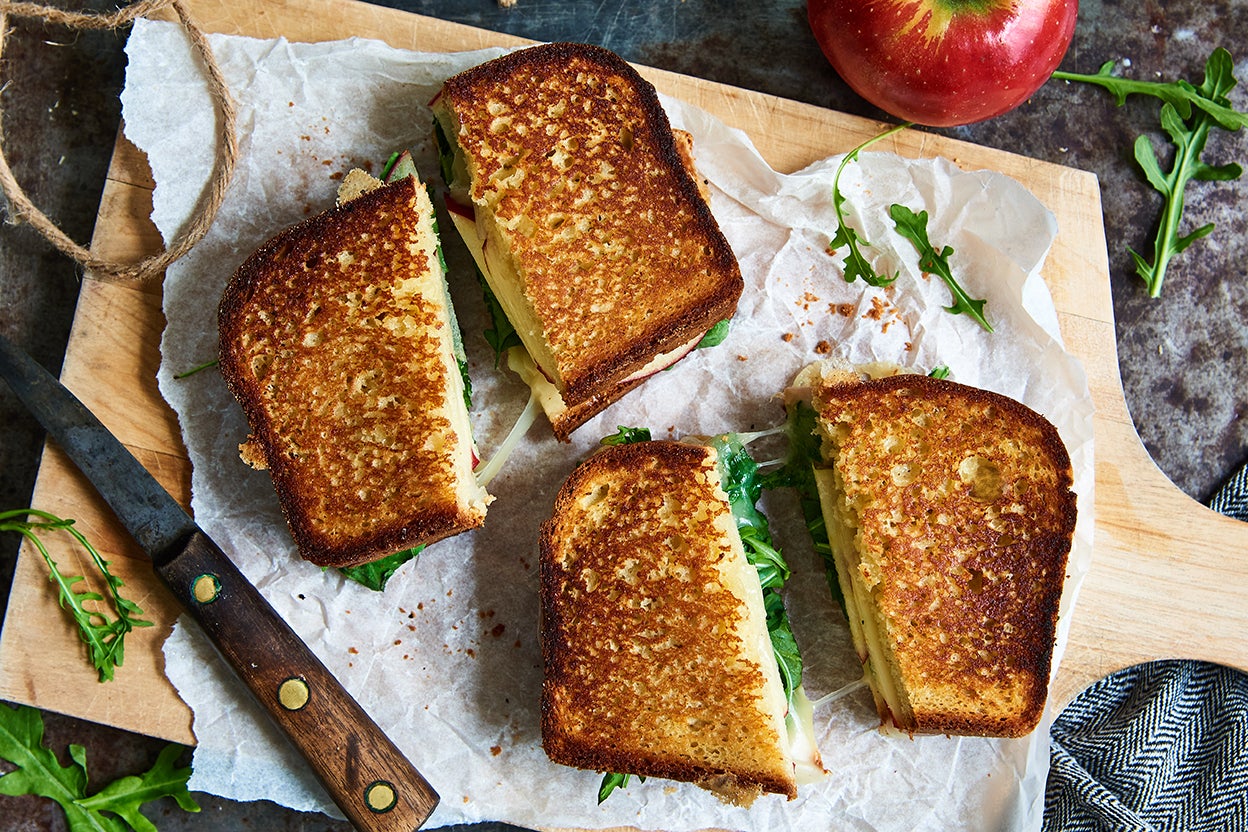
 403 views
403 viewsGluten-Free Toasting and Sandwich B...
kingarthurbaking.com
4.4
(28)
50 minutes
Your folders
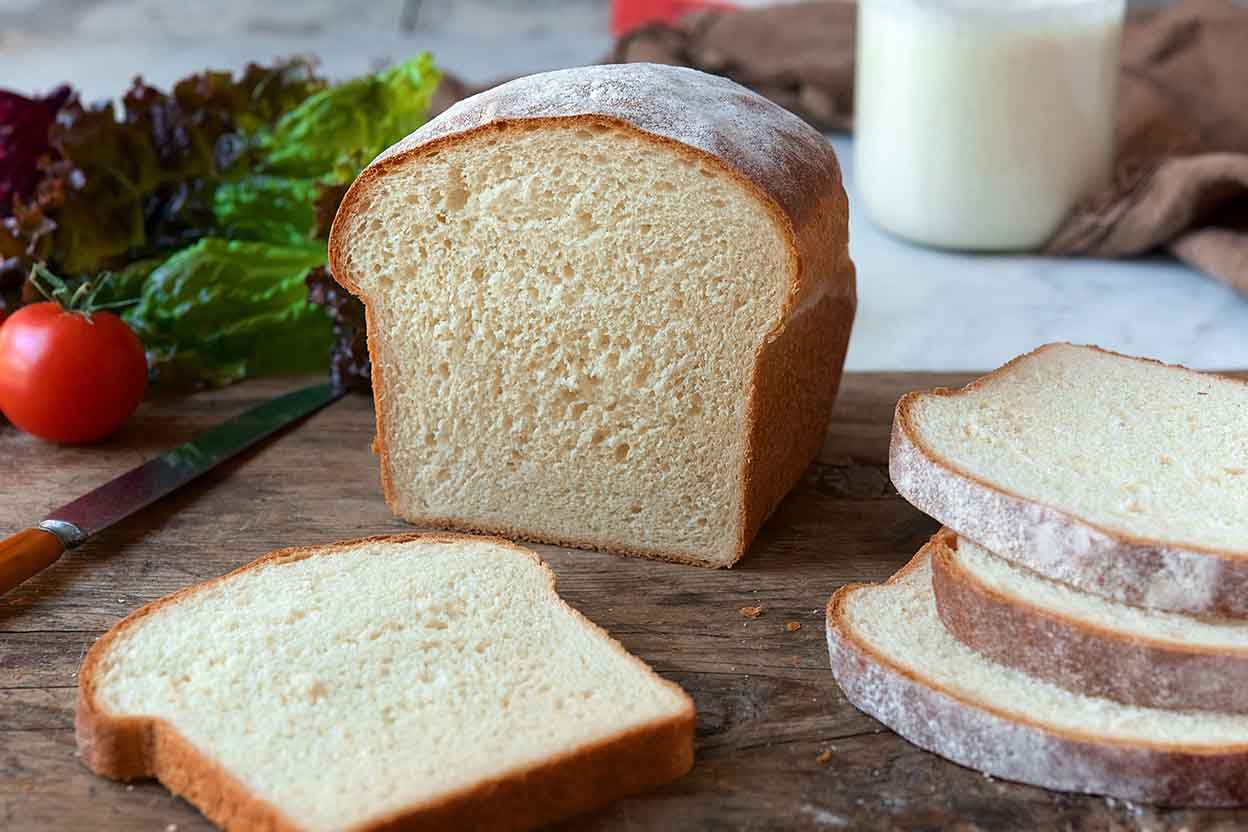
 639 views
639 viewsSourdough Sandwich Bread
kingarthurbaking.com
4.8
(112)
35 minutes
Your folders

 598 views
598 viewsSourdough Sandwich Bread
foodgeek.dk
4.5
(14)
100 minutes
Your folders
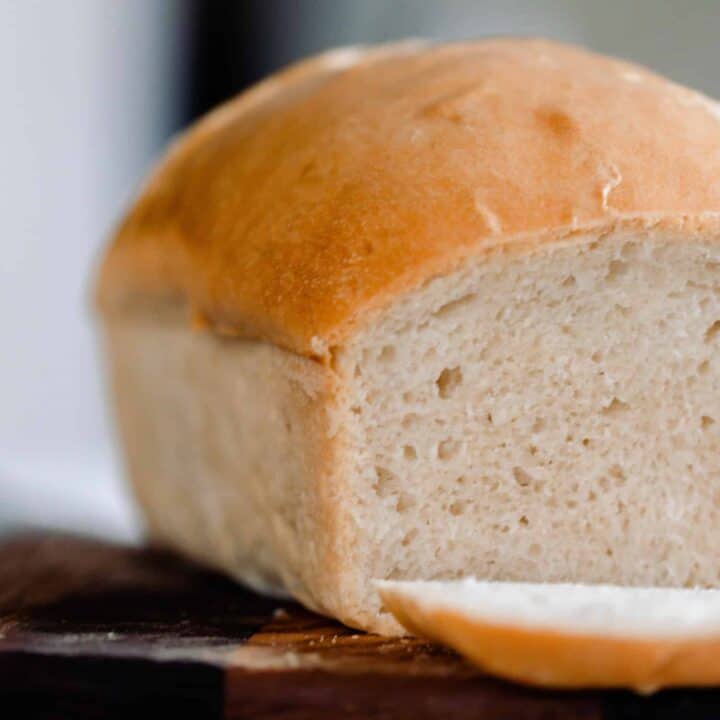
 246 views
246 viewsSourdough Sandwich Bread
farmhouseonboone.com
4.6
(551)
45 minutes
Your folders
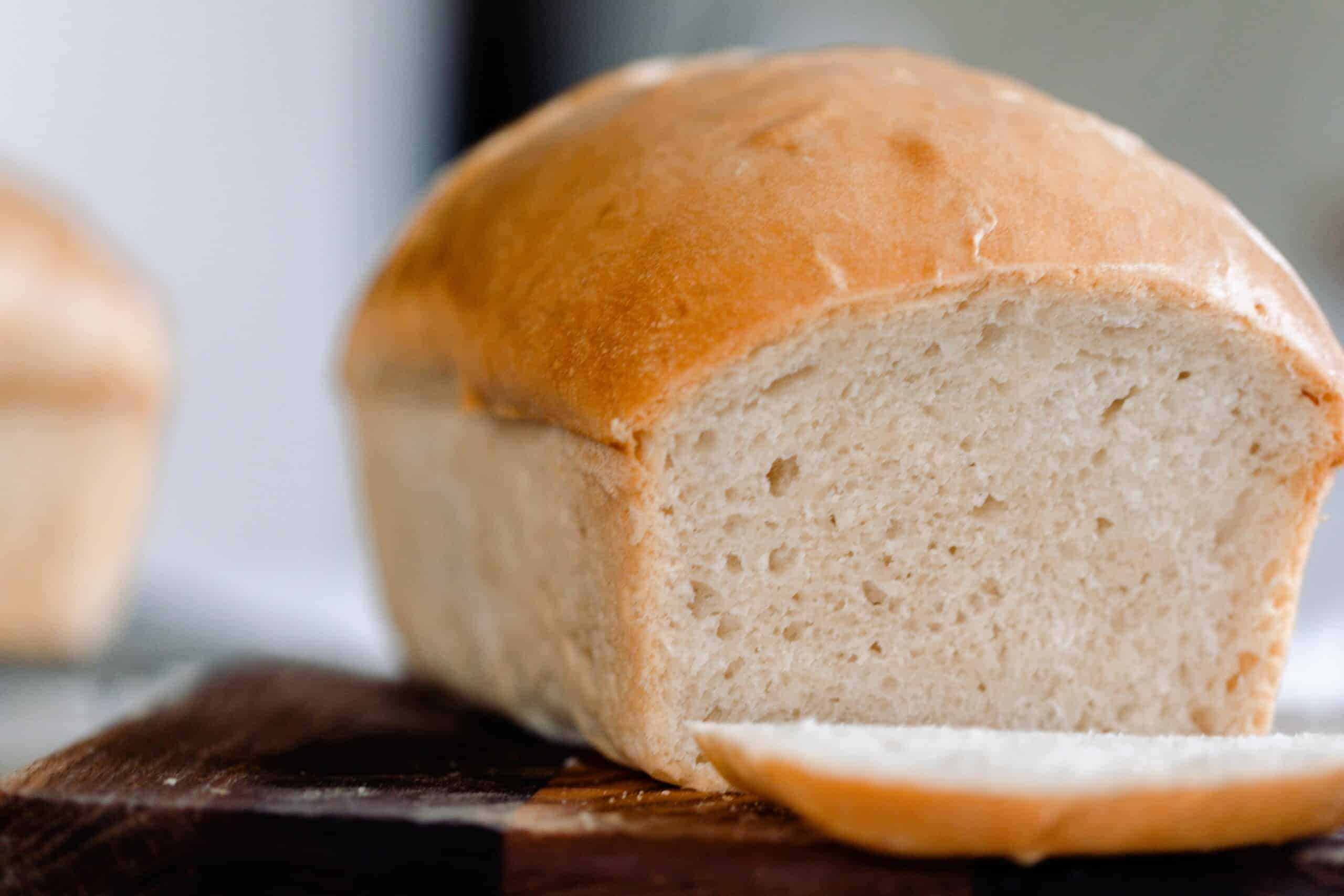
 208 views
208 viewsSourdough Sandwich Bread
farmhouseonboone.com
4.6
(1.6k)
45 minutes
Your folders
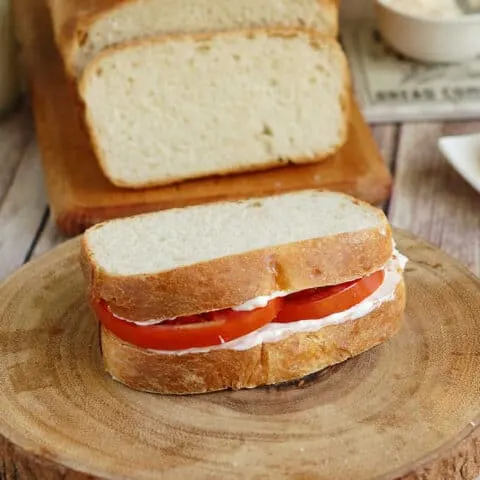
 392 views
392 viewsSourdough Sandwich Bread
baking-sense.com
4.6
(270)
35 minutes
Your folders

 254 views
254 viewsSourdough Sandwich Bread
cheftariq.com
30 minutes
Your folders

 331 views
331 viewsSourdough Sandwich Bread
aheadofthyme.com
5.0
(3)
40 minutes
Your folders
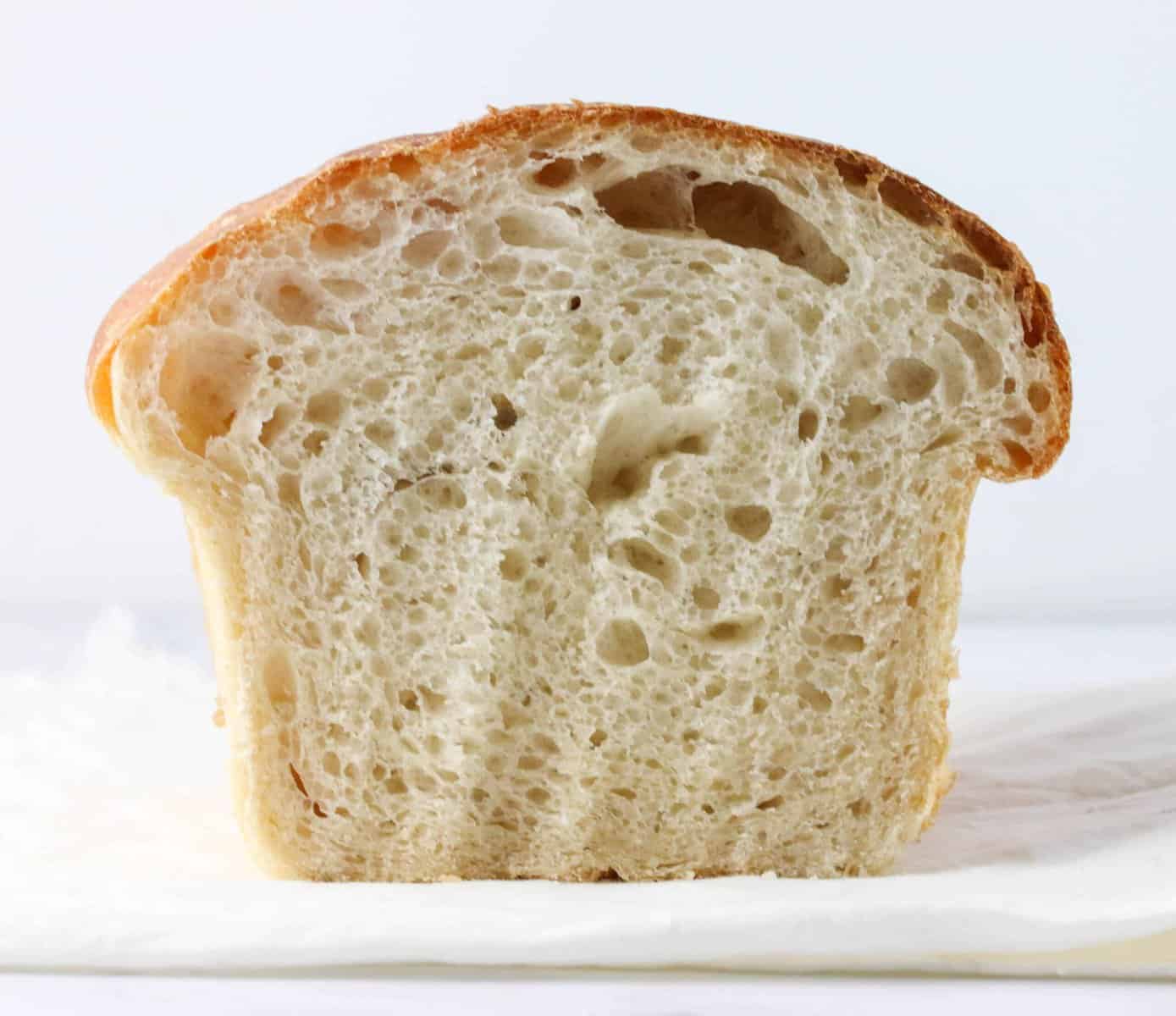
 213 views
213 viewsSourdough Sandwich Bread
bostongirlbakes.com
4.9
(48)
45 minutes
Your folders
 85 views
85 viewsSourdough Sandwich Bread
farmhouseonboone.com
Your folders
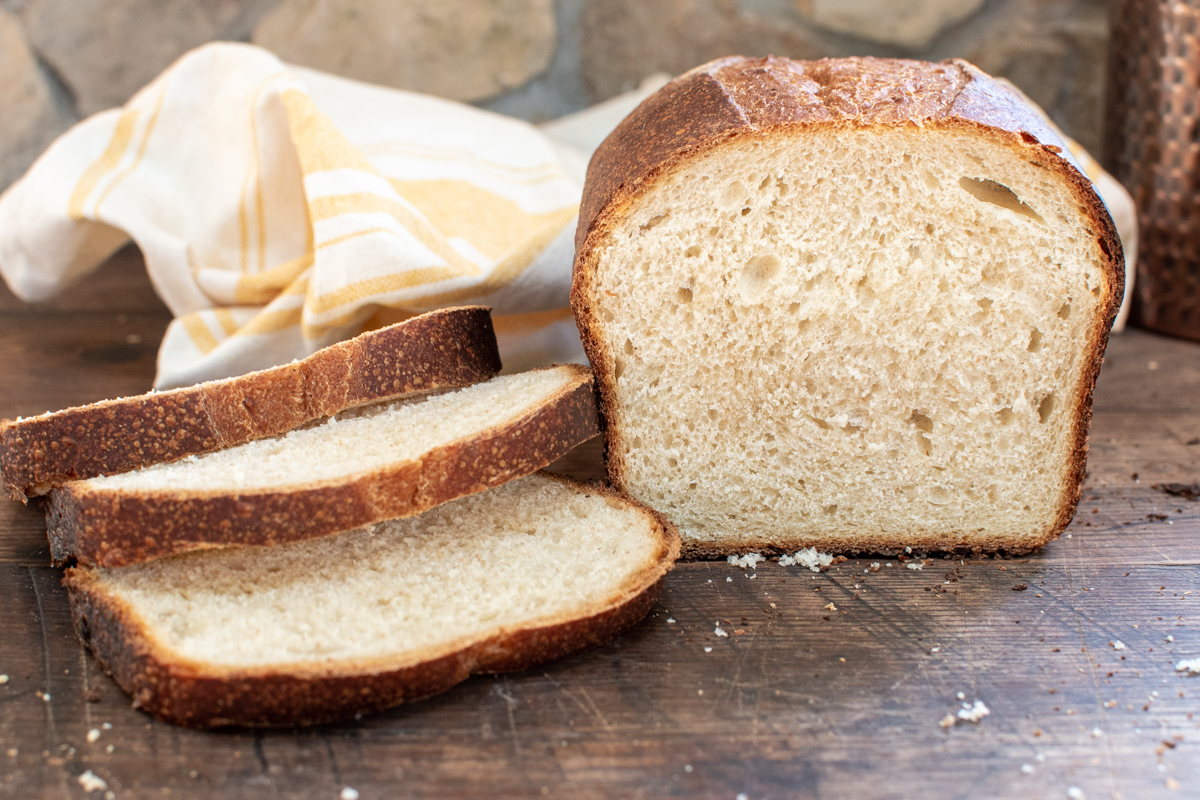
 222 views
222 viewsSourdough Sandwich Bread
venisonfordinner.com
4.9
(84)
45 minutes
Your folders
 81 views
81 viewsSourdough Sandwich Bread
venisonfordinner.com
Your folders
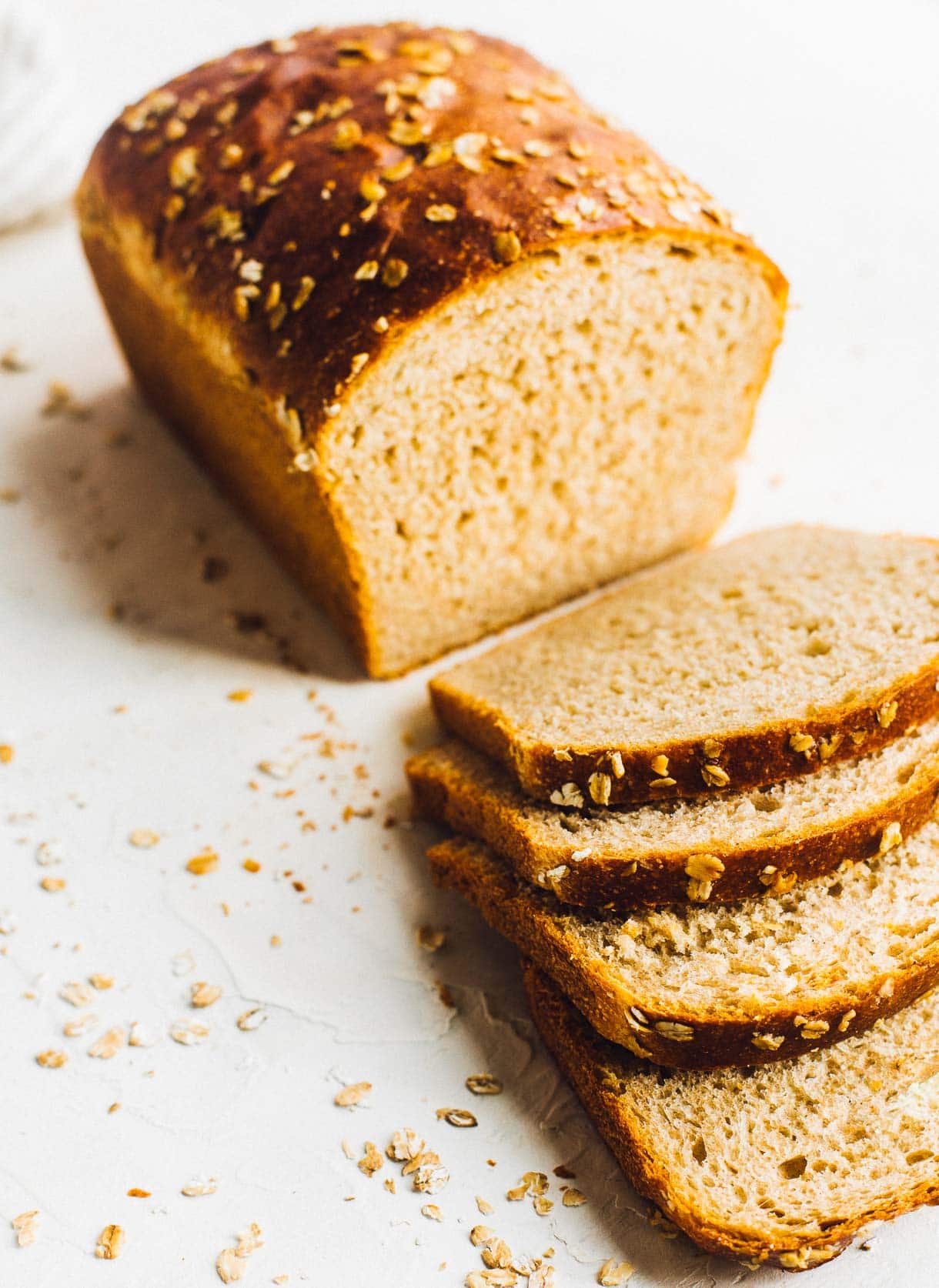
 173 views
173 viewsEasy Whole Wheat Sourdough Sandwich...
heartbeetkitchen.com
5.0
(40)
30 minutes
Your folders
 75 views
75 viewsEasy Whole Wheat Sourdough Sandwich...
heartbeetkitchen.com
Your folders
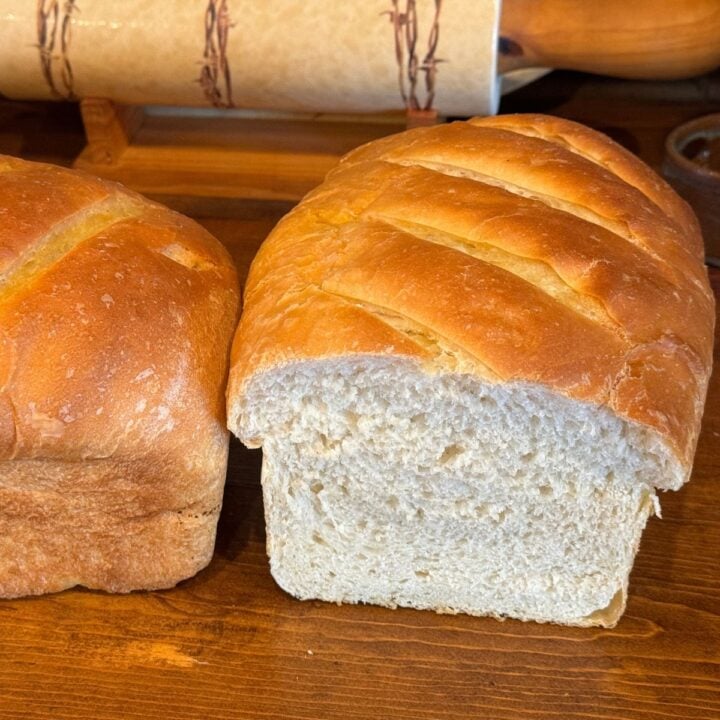
 148 views
148 viewsSoft Sourdough Sandwich Bread - Eas...
wagonwheelhomestead.com
5.0
(7)
30 minutes
Your folders
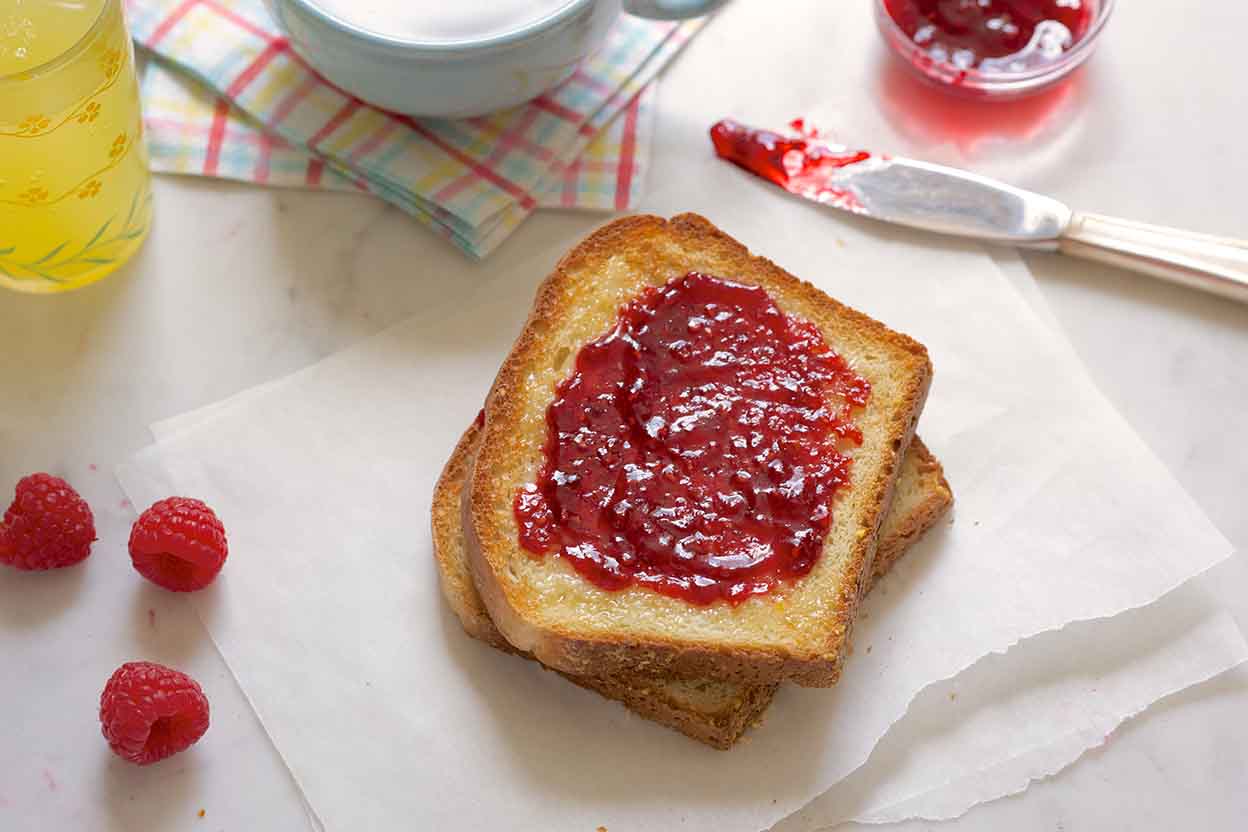
 563 views
563 viewsEnglish Muffin Toasting Bread
kingarthurbaking.com
4.7
(617)
27 minutes
Your folders

 166 views
166 viewsBanana Granola Toasting Bread
thisishowicook.com
45 minutes